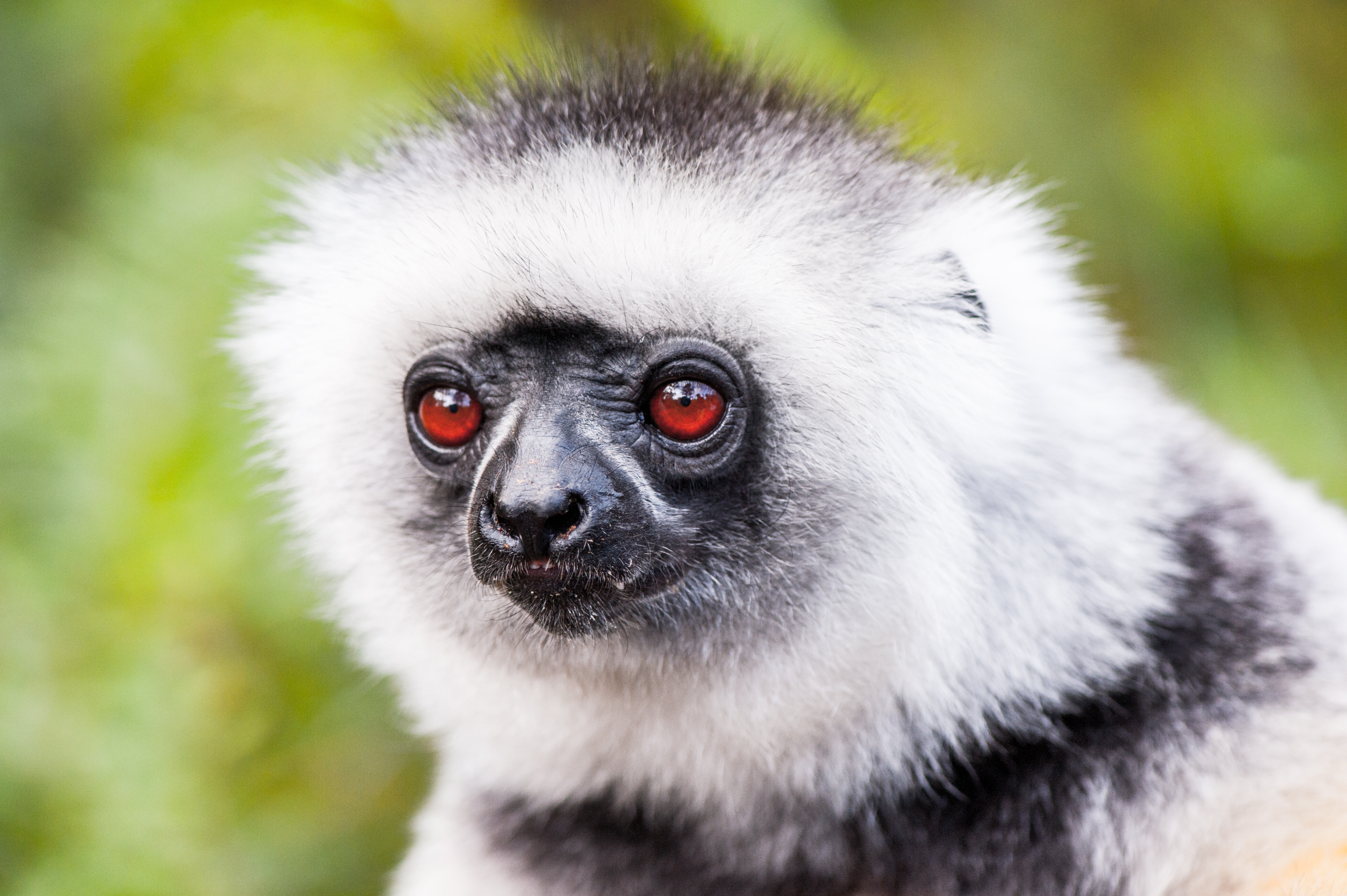5 Reasons Madagascar Ecotourism Will Change the Way You See the World

Madagascar, a country with unmatched biodiversity and scenic beauty, offers travellers an opportunity to engage in ecotourism, which is environmentally conscious travel to remote regions that involves interpretation, education, and environmental conservation in addition to supporting local well-being.
This island nation, floating off the southeastern coast of Africa, is a living museum of unique species and ecosystems, many of which are found nowhere else on Earth. From the majestic baobabs and the enigmatic lemurs to the vibrant cultures that have flourished in isolation, Madagascar is a testament to the beauty and diversity of our planet.
Understanding Ecotourism in Madagascar: An Overview
Madagascar's approach to ecotourism is rooted in the conservation of its unique biodiversity and the promotion of sustainable livelihoods for its people. With over 90% of its wildlife being endemic, the island's ecotourism initiatives are critical in preserving these natural treasures. Ecotourism in Madagascar is not just about experiencing its extraordinary wildlife and landscapes; it's about engaging with local communities, understanding their cultures, and contributing to conservation efforts that protect natural habitats.
Why Madagascar is a Premier Ecotourism Destination?
Madagascar's appeal as an ecotourism destination lies in its extraordinary biodiversity and unique ecosystems. The island's isolation for millions of years has led to the development of flora and fauna that exist nowhere else.
From the dry deciduous forests home to the famed baobab trees to the lush rainforests teeming with more than 100 lemur species, Madagascar is a naturalist's paradise. Moreover, the commitment of both the government and local communities to conservation and sustainable tourism makes Madagascar an ideal destination for eco-conscious travellers.
Biodiversity Hotspots: The Unique Fauna and Flora of Madagascar
Madagascar's status as a biodiversity hotspot is undisputed. Many thousands of endemic plant and animal species can be found on the island.
The lemurs, perhaps Madagascar's most famous inhabitants, are ambassadors for the island's unique biodiversity. Beyond the lemurs, the island boasts many other species, from the chameleons with their astonishing colour changes to the numerous species of birds that fill the skies.
Madagascar's flora is equally impressive, with thousands of plant species, many of which are crucial to the local ecosystems and livelihoods.
Community Impact: How Ecotourism Benefits Local Populations
Ecotourism in Madagascar plays a pivotal role in supporting local communities. It provides sustainable income sources through employment in ecotourism ventures, from guiding tours to managing lodges.
Moreover, it encourages the preservation of cultural heritage and the development of new skills among local populations. By linking conservation efforts to economic benefits, ecotourism ensures that communities become active participants in preserving their natural and cultural assets.
Planning Your Ecotourism Adventure in Madagascar
Planning an ecotourism trip to Madagascar requires considering the best times to visit and the destinations that align with one’s interests in conservation and adventure.
The dry season from April to October offers the best conditions for wildlife viewing and exploring the island's diverse landscapes. Critical ecotourist destinations include the rainforests of Andasibe-Mantadia, Tsingy de Bemaraha's limestone formations, and the Spiny Forest's unique ecosystem.
When to Visit: Best Seasons for Wildlife Viewing
The best time to visit Madagascar for wildlife viewing is during the dry season when animals are more likely to be spotted in their natural habitats. This period also coincides with the flowering of many plants, adding an extra layer of beauty to the landscapes.
Must-Visit Destinations for Ecotourists
Madagascar offers a plethora of destinations for ecotourists.
- Andasibe-Mantadia National Park: Famous for the Indri lemurs, the most giant lemurs alive.
- Tsingy de Bemaraha National Park: A UNESCO site known for its spectacular limestone "forest."
- Nosy Be and Surrounding Archipelago: Offers excellent snorkelling and diving with rich marine biodiversity.
Sustainable Travel Tips: Minimizing Your Footprint
Travelling sustainably in Madagascar means being mindful of how one's actions affect the community and the environment. This includes:
- Respect Wildlife: Always keep a respectful distance from animals and their habitats.
- Support Local Economies: Purchase local products to help sustain community livelihoods.
- Choose Sustainable Options: Opt for accommodations and tour operators dedicated to eco-friendly practices.
Experiencing Madagascar's Ecotourism First-Hand
Engaging with Madagascar's ecotourism offers an opportunity to witness conservation in action. Visitors can participate in guided wildlife tours that are informative and respectful of the natural habitats, join community-led conservation projects, or even partake in reforestation initiatives. These experiences enrich the visitor's understanding of Madagascar's environmental challenges and contribute to the solutions.
Immersive Wildlife Encounters: Where to Go and What to See
For those seeking immersive wildlife encounters, Madagascar does not disappoint. The island's national parks and reserves offer guided tours that allow visitors to observe lemurs, chameleons, and many different kinds of birds in their natural settings. Night walks in reserves such as Andasibe offer a unique perspective on the island's nocturnal wildlife.
Conservation Efforts in Action: Participating in Local Initiatives
Participating in conservation initiatives allows visitors to contribute directly to preserving Madagascar's natural heritage. There are numerous ways to get involved, from tree planting to wildlife monitoring. These initiatives promote a closer bond between tourists and the natural environment and assist with conservation.
Challenges Facing Madagascar's Ecotourism
While ecotourism promises to contribute to Madagascar's environmental and economic well-being, it faces challenges. These include the need for infrastructure development, balancing tourism growth with conservation, and the threat of climate change. To tackle these issues, all stakeholders must work together, including tourists, to ensure that ecotourism remains a force for good in Madagascar.
Threats to Biodiversity and How Tourists Can Help
Madagascar's unique biodiversity is threatened by habitat destruction, climate change, and illegal wildlife trade. Tourists can help by choosing ecotourism experiences that are ethical and sustainable, supporting conservation projects, and raising awareness about the challenges facing Madagascar's wildlife.
Education's Contribution to Sustainable Tourism
Promoting sustainable tourism requires a strong educational component. Madagascar can make sure that its visitors act as ambassadors for its environmental protection initiatives by teaching them about the value of conservation and responsible travel practices.
Conclusion: The Future of Madagascar Ecotourism
The future of Madagascar's ecotourism lies in its ability to balance the growth of the tourism sector with the imperative of conserving its unique natural and cultural heritage. As more travellers seek authentic and meaningful experiences, Madagascar's commitment to ecotourism presents a model for sustainable development that benefits both the environment and the local communities. For those who choose to explore this remarkable island, Madagascar offers a journey through one of the world's most biodiverse regions and an opportunity to be part of a greater movement to make the world more equitable and sustainable.
FAQS
What is the best time of year to visit Madagascar for ecotourism?
The best time to visit Madagascar for ecotourism, particularly for wildlife viewing, is during the dry season from April to October. This period offers the best conditions for exploring the island's diverse landscapes, witnessing the animals in their natural habitats, and enjoying the flowering of many plant species.
How can tourists participate in conservation efforts in Madagascar?
Tourists help by engaging in guided tours, conservation projects, and reforestation efforts to contribute to preservation.
How does ecotourism benefit local communities in Madagascar?
Ecotourism benefits local communities in Madagascar by providing sustainable income sources through employment opportunities in ecotourism ventures, such as guiding tours and managing lodges. It additionally promotes cultural heritage preservation and the development of new skills, linking conservation efforts to economic benefits and making communities active participants in preserving their natural and cultural assets.
What are the challenges facing ecotourism in Madagascar?
Ecotourism in Madagascar faces challenges, including infrastructure development, balancing tourism growth with conservation, and the threat of climate change. To tackle these issues, all stakeholders must work together, including tourists, to ensure that ecotourism remains a force for good in Madagascar.
How can I minimise my environmental impact while travelling in Madagascar?
To minimise environmental impact while travelling in Madagascar, tourists should respect wildlife by maintaining a respectful distance, support local economies by purchasing local products, and choose sustainable travel options by opting for accommodations and tour operators dedicated to eco-friendly practices.
Get Your Madagascar eVisa
Step1: Complete the online application form by providing your passport details.
Step2: Safely process your payment using your credit card through our secure online platform.
Step3: Monitor your email for payment verification and the electronic dispatch of your eVisa.
